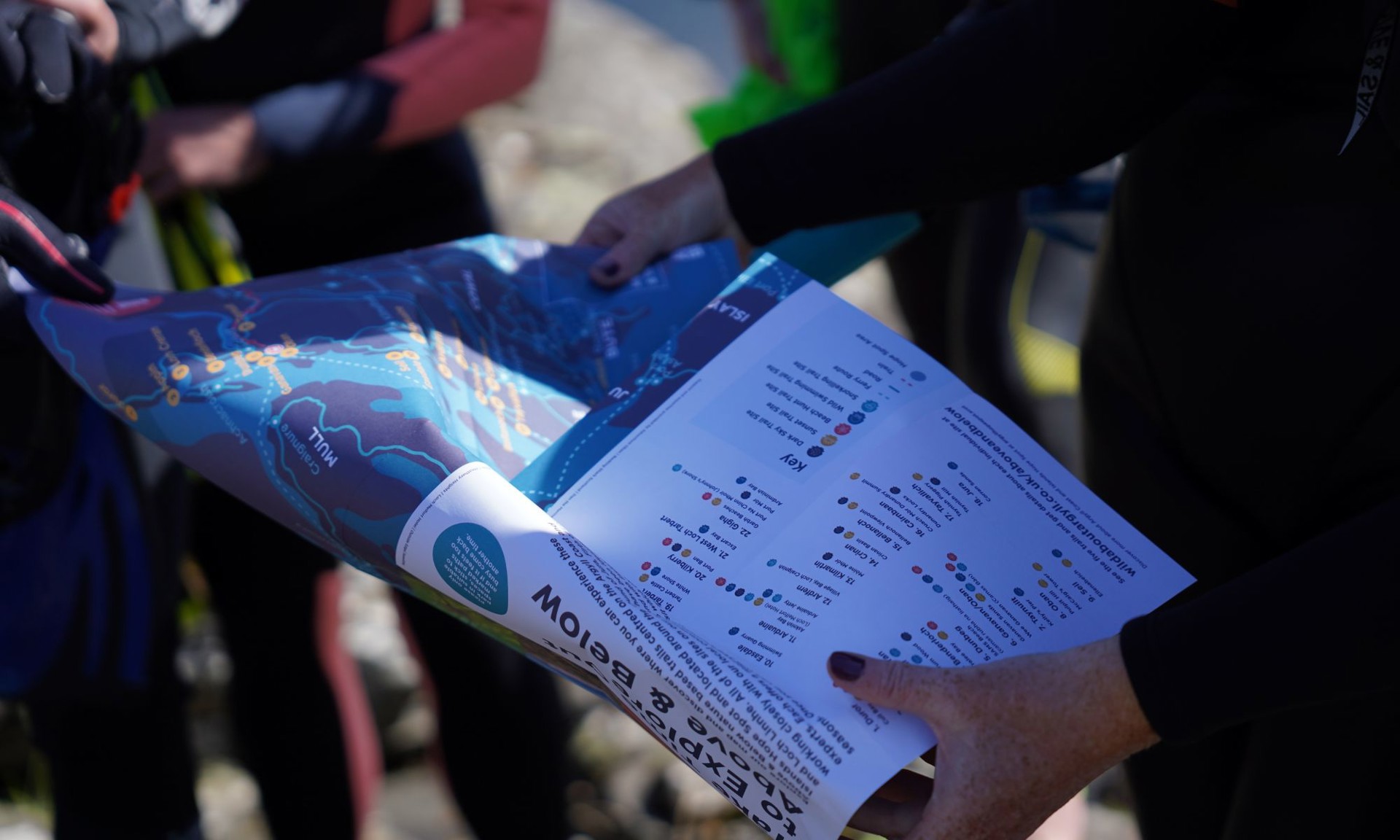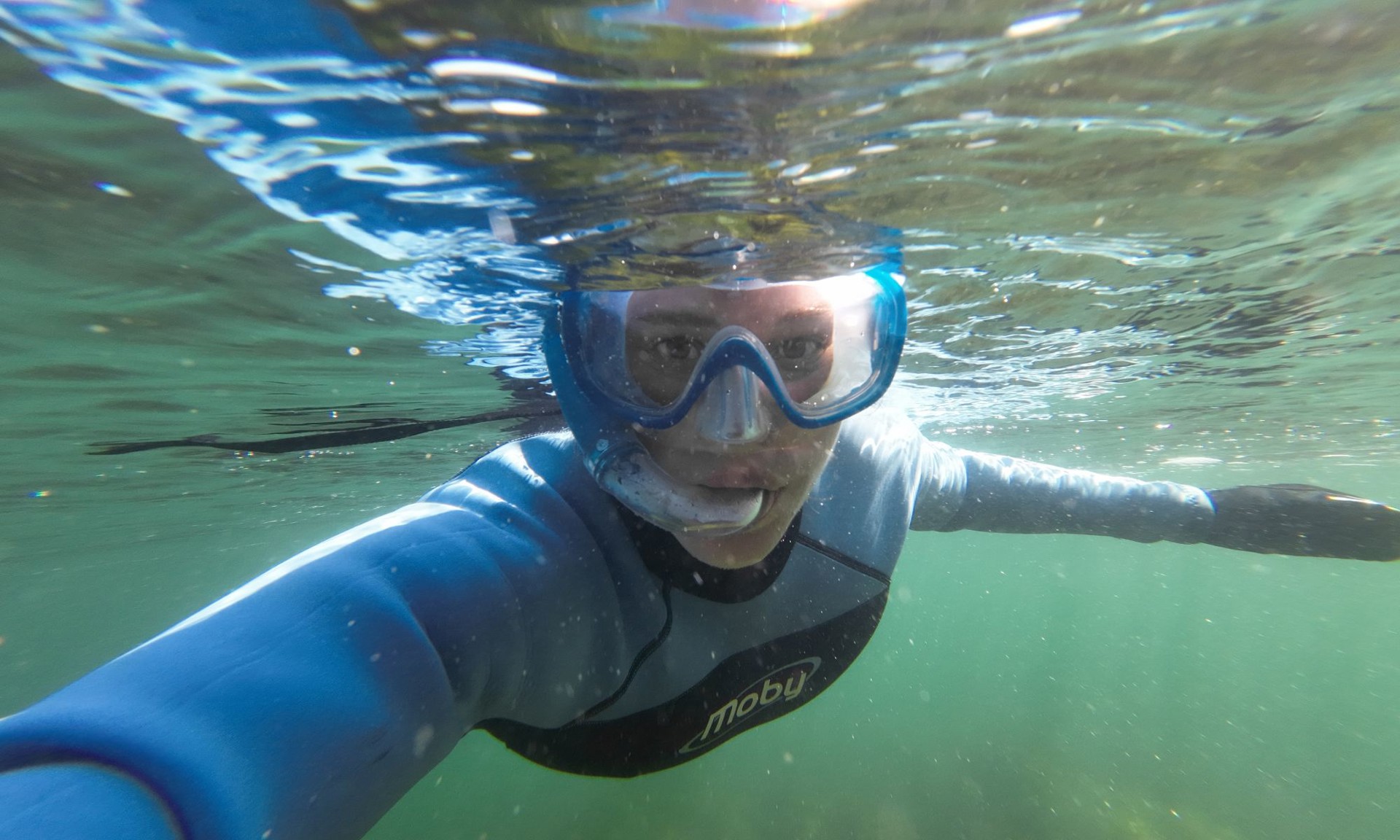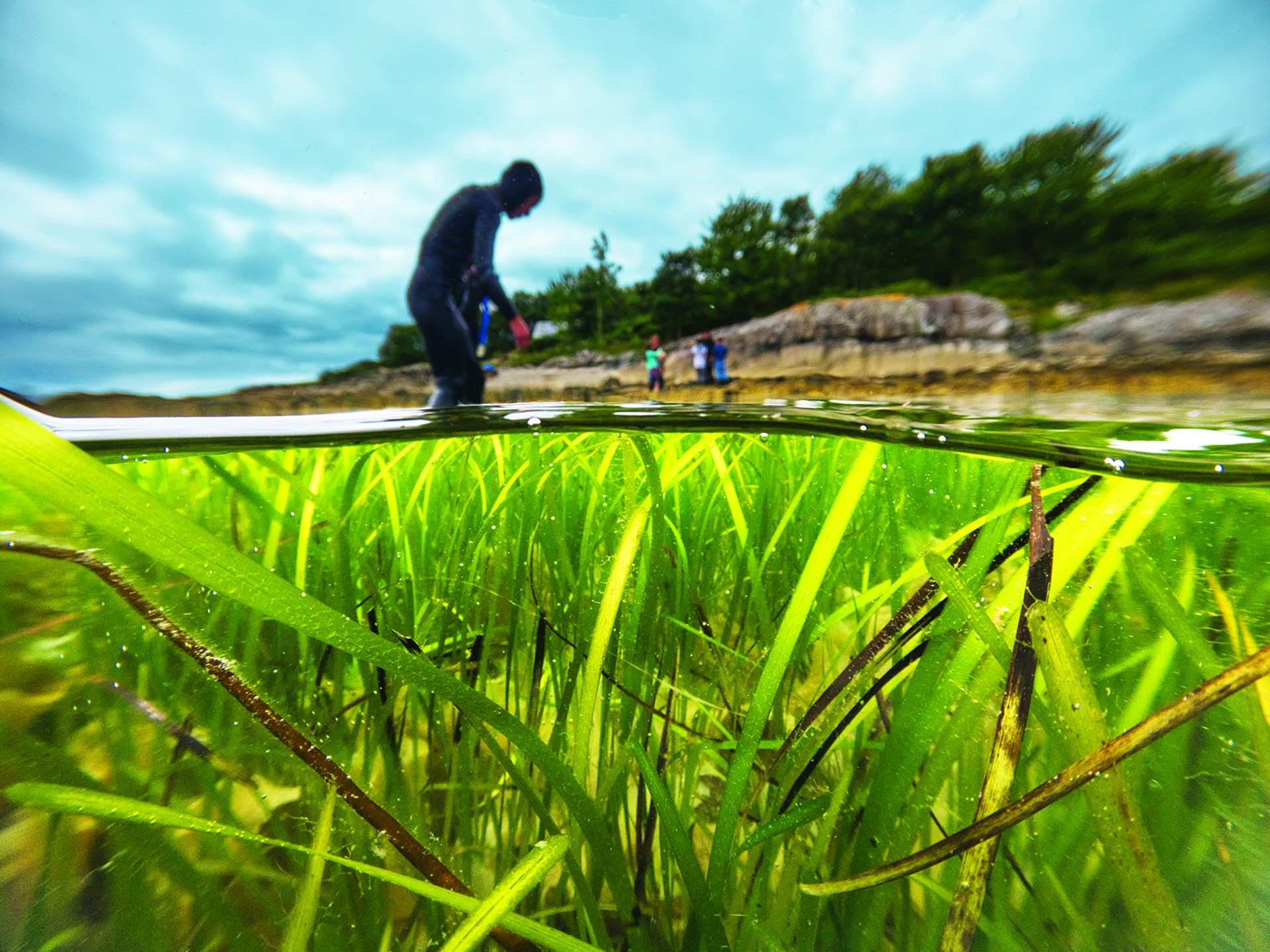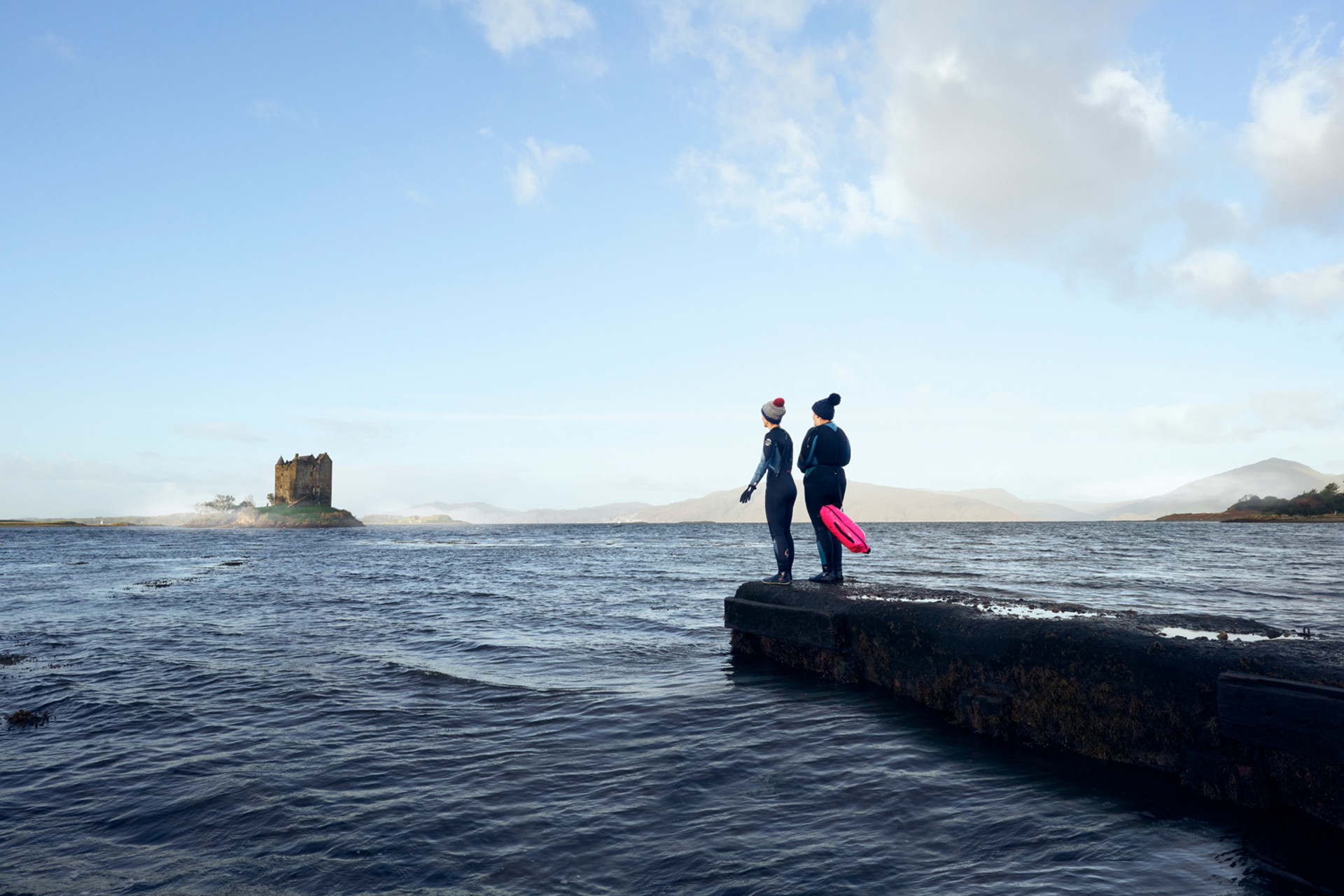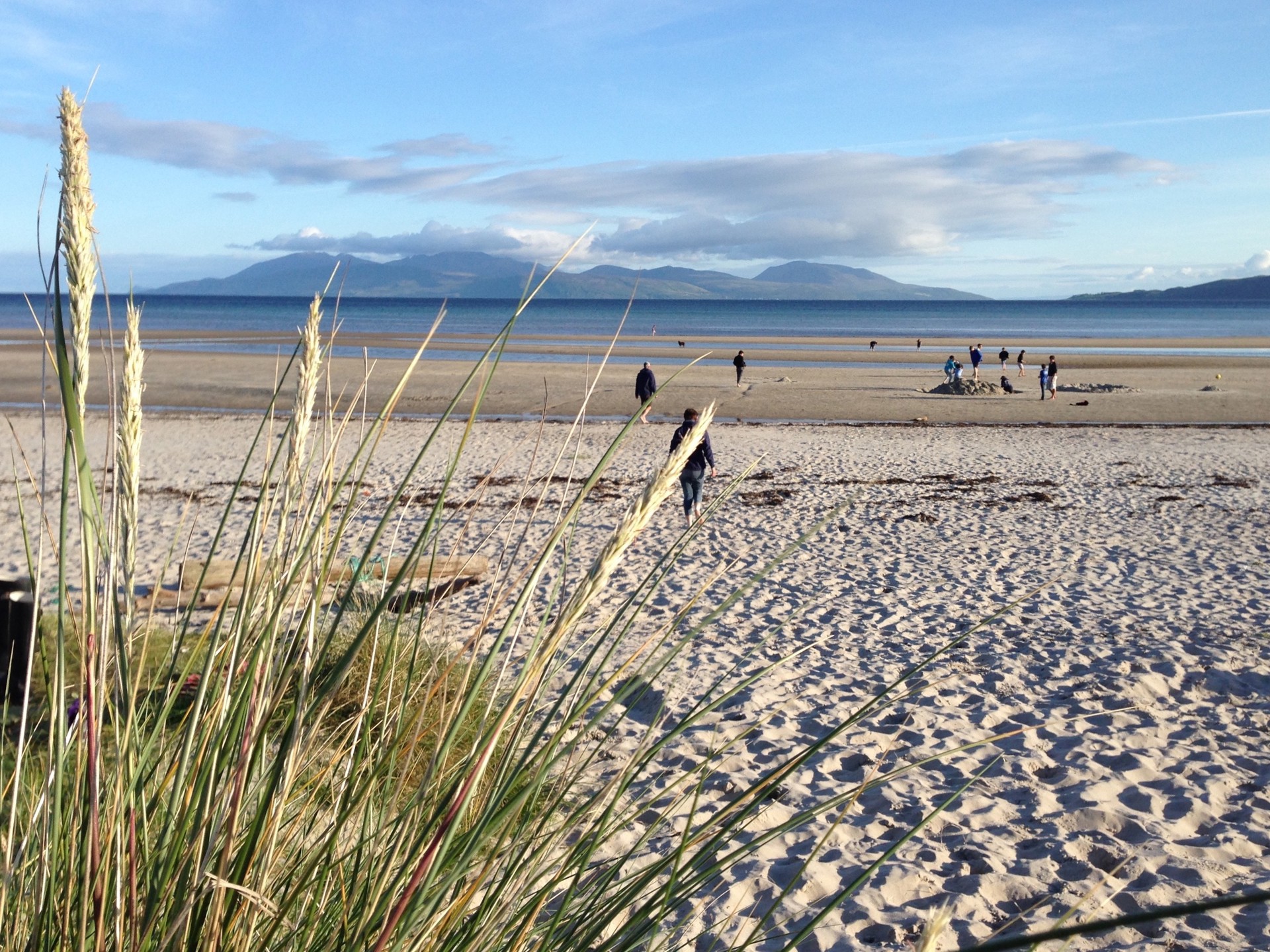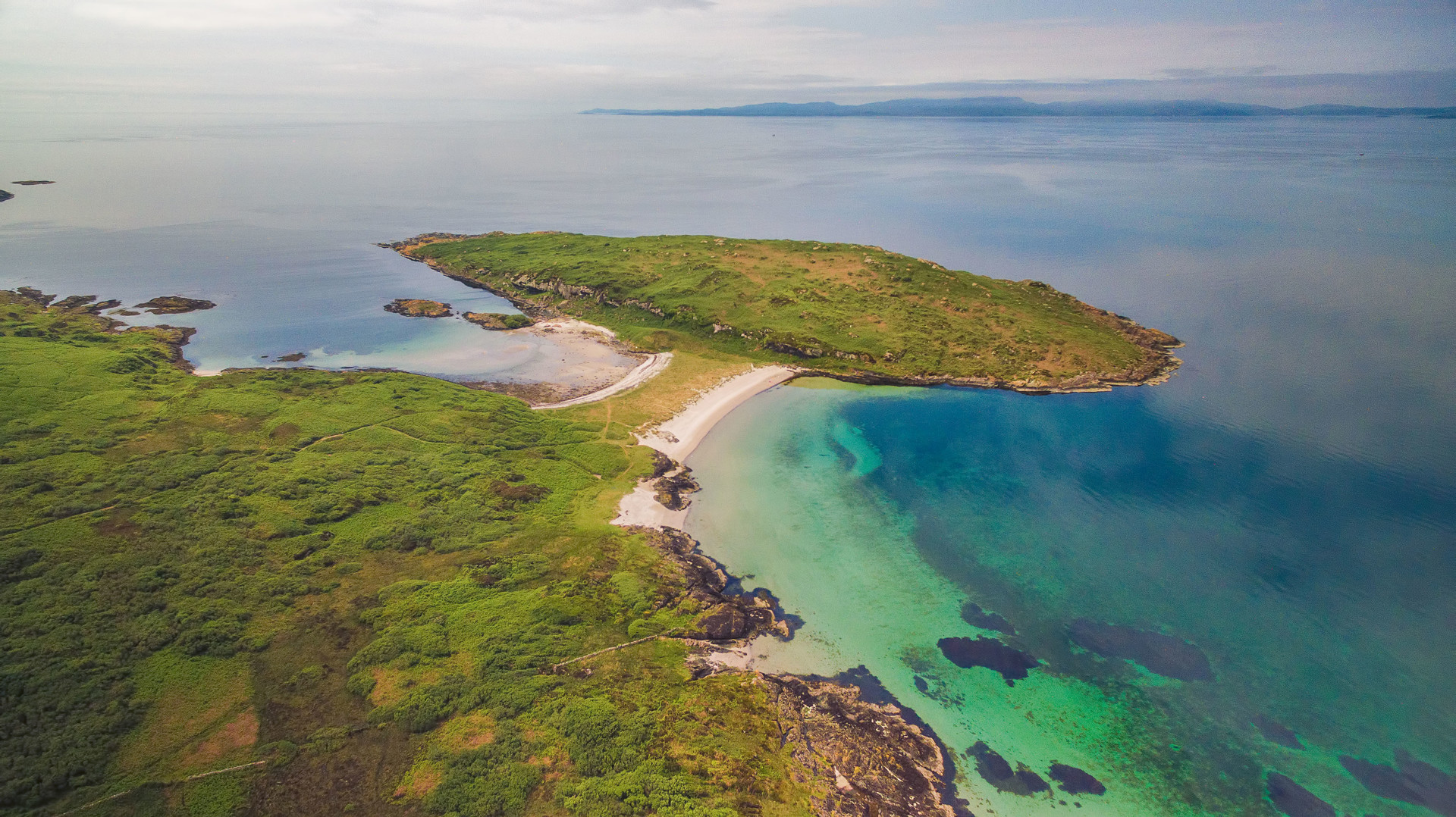
The Wild Swimming Trail
Immerse your senses 'Above & Below' in ArgyllMore and more people are discovering the benefits and joys of wild swimming in Scotland. Whether you are a regular selkie, or you are just dipping your toe in for the first time, these sites will leave you feeling refreshed and rejuvenated! We are highlighting some of Argyll’s best swimming spots that are used and rated by local swimmers and experts alike – and sharing some important tips!
Stay safe and enjoy the experience
- All sites are accessed at individual risk.
- If inexperienced always use a wetsuit and make sure it fits well and is right for wild swimming with plenty movement for your arms.
- If you haven’t been wild swimming before we recommend you start with lessons from a suitably qualified instructor.
- Always respect the water - check for wind, swell height and the tides for that day and specific to the wild swimming location.
- Take a friend or join a group – and always wear a silicone swim cap or head gear and use a bright coloured tow float.
- Be sensible and only stay in the water for very short periods when starting out even if you feel fine – and have lots of layers to put back on after.
- Only swim in skins (in a swimsuit) if you are experienced.
- Enter the water steadily to acclimatise and never jump in without firstly acclimatising and thoroughly checking for depth and obstructions.
Does Wild Swimming appeal to you?
Whether you are looking to get in the water for the first time, or you’re an experienced swimmer looking to go that bit further, the businesses and organisations highlighted in our directory below can help you reach your goals.
If it's not a good day to get in the water, why not stay on shore and check out our Beach Hunt sites?
Check out our downloadable Above & Below Map and Guide or use our interactive map below >

